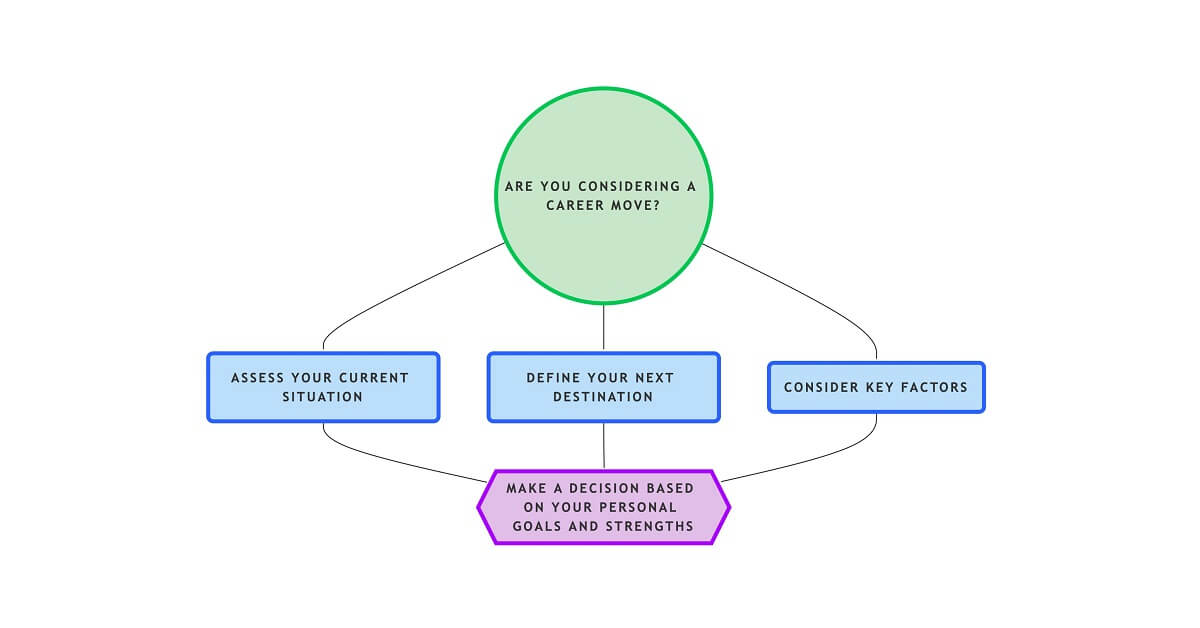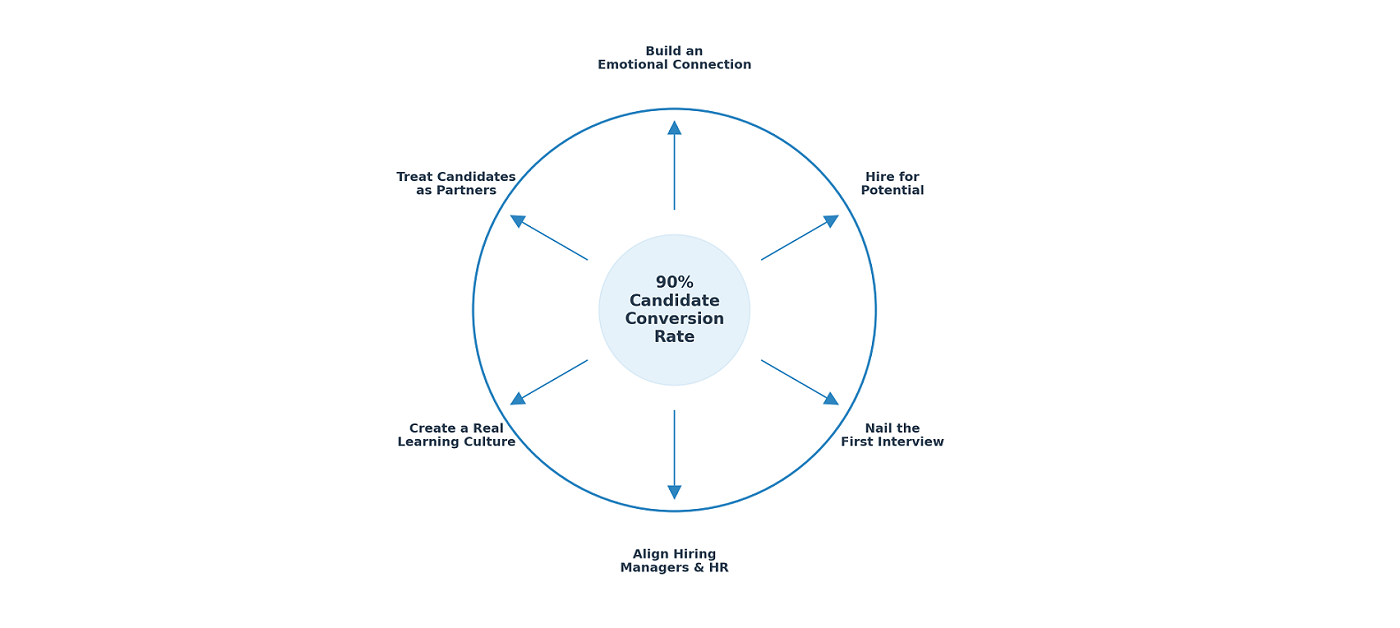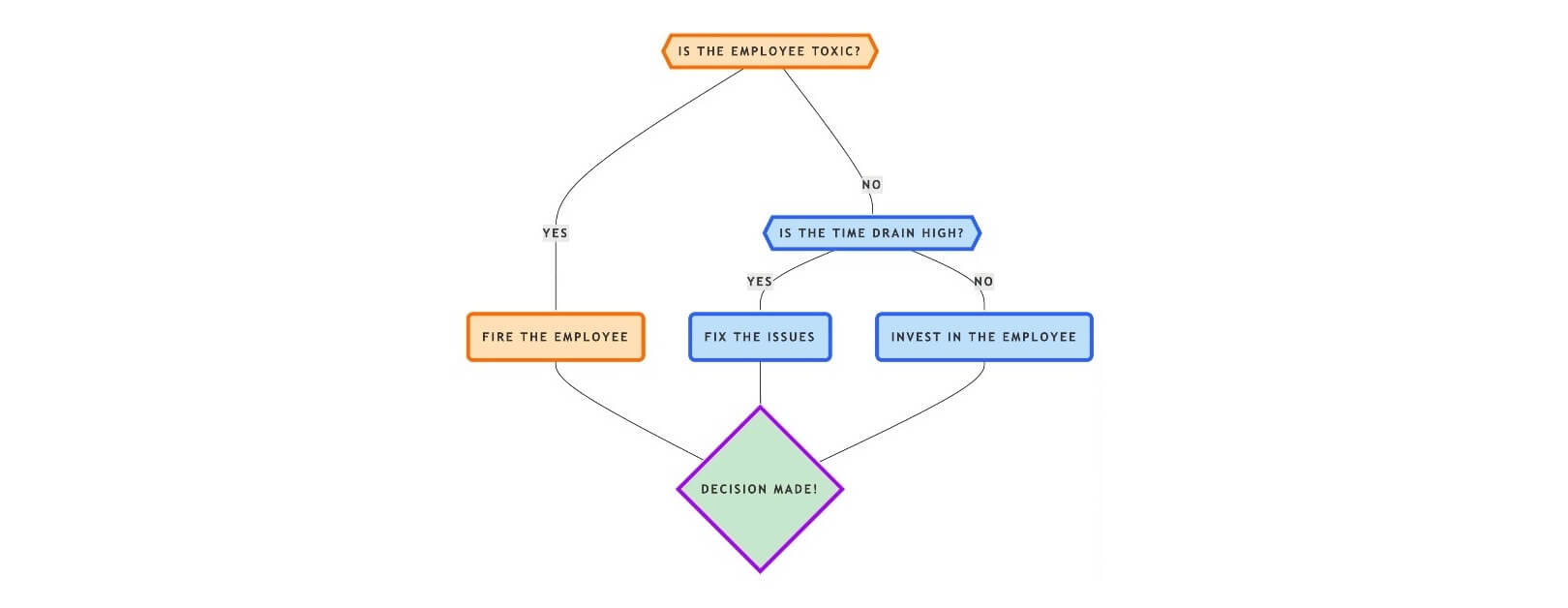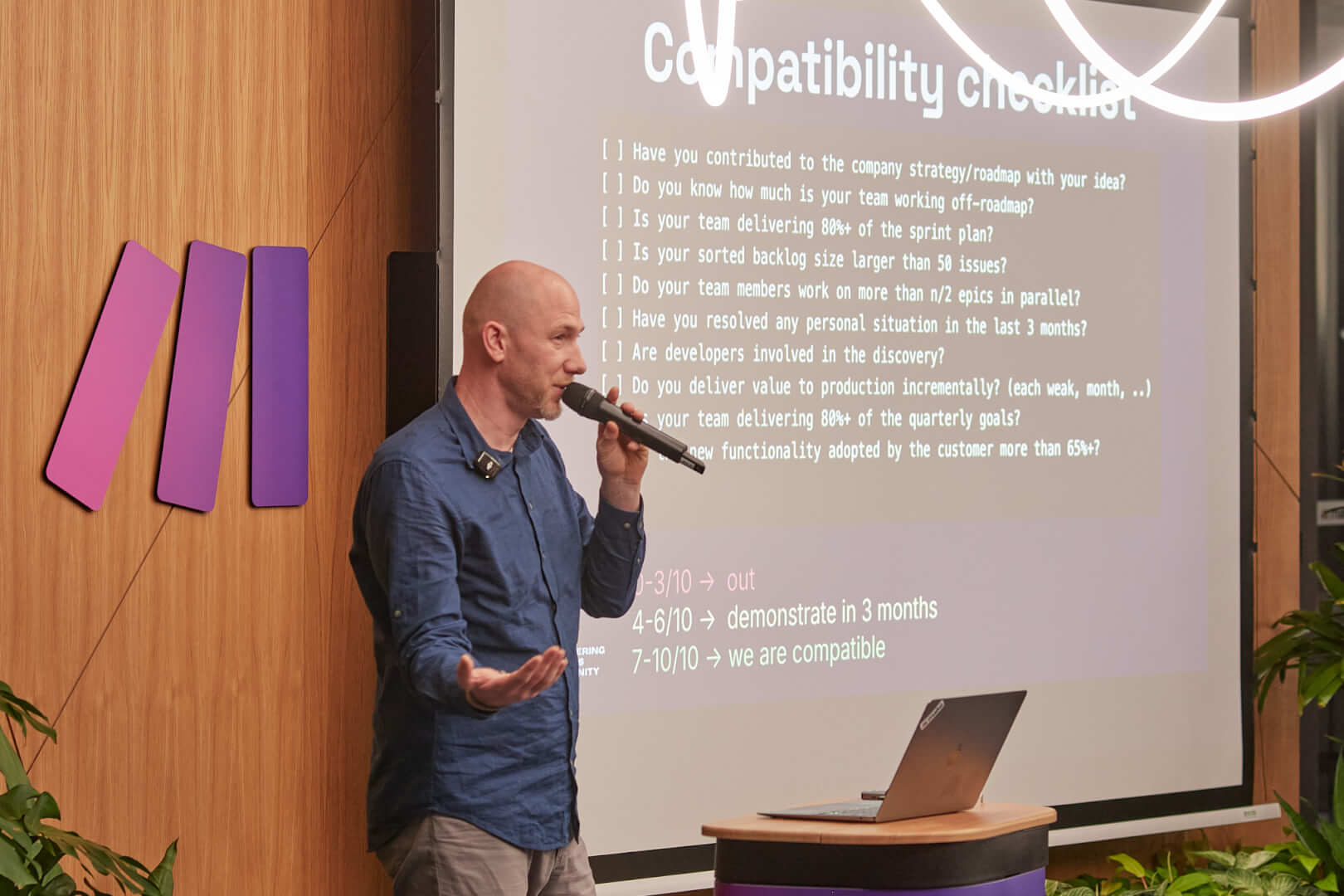and deliver 80%+ of key results consistently.

Many software companies have adopted the OKR system. Compared to the old-fashioned yearly SMART goals, the shorter quarterly-based objectives of OKRs are more likely to result in strategic initiative completion due to the shorter feedback loop and regular monthly updates.
On the other hand, it is more challenging for a manager to handle the condensed 3-month cycle right and deliver outcomes.
Scenario
Practically speaking, after the OKR system is introduced to the company, most people have the impression of being on a runaway train. The Q3 goals have barely started and in two months we come to the end. We push goals over the finish line while, in parallel, we are supposed to start preparing the new Q4 objectives. Initiatives seem to have neither beginning nor end.
As the result, you can find your department misses its goals by a huge margin.
That’s why we decided to run an experiment, codenamed: Sprint Zero.
Sprint Zero
Don’t set your team up to fail, don’t give them “permission to suck.” Instead… pause, take a moment, and set up for success.
The sole purpose of the initial 2-week sprint is for teams to prepare their ammunition. It makes them more confident and they might deliver 80+% of the plan.
In a nutshell, during Sprint Zero, the team is asked to accomplish the following four tasks:
Create the best strategy to meet their objectives
Check the team’s ambition and capacity (including dependencies)
Solution initial epics (higher-level delivery increments)
Re-focus existing backlog toward the new goals
We materialize these steps into tickets and plan them into the sprint as high-severity issues.
Step 1: Team strategy
The purpose is to make teams facilitate solutioning sessions.
Teams explore various alternatives and choose the best strategy to achieve a given objective. The strategy is then sliced vertically into epics, representing a series of milestones. In essence, each epic reflects a delivery increment with a clear outcome and acceptance criteria.

On top of that, we group epics into topics/initiatives, representing high-level objectives. To assign the topics to a given OKR quarter, we tag them with the quarterly label, such as 2020Q4. Topics can span several quarters depending on their long-term nature. To cover OKR vs Epic battle, there are initiatives that connect the dots in between.
Step 2: Capacity check
Having the strategy translated into epics and topics, the team checks its capacity, taking other team dependencies into account as well.
We perform the check simply by having a look at the number of epics we delivered in the past OKR cycle compared to the number of the new quarter’s epics. This comparison strategy demands that teams slice epics to similarly-sized chunks of about one month of implementation time on average.
The ultimate expectation is to make the team goals slightly more ambitious, yet achievable. Over-commitment often leads to burnout.
In case the planned effort does not fit into the team’s capacity, the team is allowed to change the solution, adjust the scope, ask to reorganize the team’s workforce, or involve third-party companies to meet their OKRs.
Step 3: Initial epics solutioning
After the strategy is all set, we solution the first epics and create their child development tasks. This way, we are ready to plan the tasks immediately at the next sprint.

The initial epic is usually an MVP, which can be seen as a minimalistic end-to-end working skeleton of the core feature. At this point, additional subsequent epics of the parent topic are not solutioned and have no child tasks.
In fact, in our development process, each epic starts with a solutioning ticket that is auto-generated. Conversely, after each epic is completed, the team validates the objective strategy and is entitled to steer when asking the question: How confident are we in finishing all the epics of an objective by the end of the quarter? Are we in need of modifying the strategy, changing the direction, adjusting the scope, or removing some of the tasks or epics?
Step 4: Backlog re-focus
I cannot emphasise enough how underestimated, yet crucial this step is.
In practice, when starting to work with OKRs, one might spot a team that:
- keeps working on past objectives a month after the new OKR cycle has started
- works on a bunch of low-priority items of questionable value.
This situation usually happens when a team is pressed from too many individual stakeholders in parallel, having nobody capable of raising a hand or making a decision.
Instead, give your teams enough time to re-focus and to triage their backlog. Invalidate tickets that are two years old and have no higher value. Get rid of low-priority items you will never come back to. Eliminate the tickets left from past objectives.
In essence, verify at least 50% of your backlog is related to the new goals.
Moving forward
After Sprint Zero is completed, there are two indicators I closely observe to ensure we get our key results delivered.
1. Objective contribution
At first, we measure the objective contribution ratio as the cycle time sum of the objective-related tasks closed during the quarter vs. the sum total of all tasks closed within the same period.


Given the ticketing hierarchy above, the task contributes to the objective if, and only if, its parent epic relates to a topic that has the current quarterly label assigned. Other tasks are considered to be off-objective.
The expected guide rails are that the ratio is at 50–75%, ensuring teams invest their skills into what matters most and advance us toward completing objectives. The more legacy and support-demanding the product is, the lower the ratio that can be anticipated.
2. Objectives completion

Given the fact the teams have reflected the full quarter strategy into topics and epics, we can calculate the second indicator — Objectives completion % — in real-time. In essence, it is the number of all the deployed epics divided by the total number of epics. Here, the epics are related to the current quarter`s topics.

Objectives completion is an indicator signaling the pace of getting objectives over the finish line and our delivery confidence, providing steering insights. For instance, we might decide to drop an epic or to change the strategy for the sake of hitting the objective.
Lessons learned
Sprint Zero is your friend, it is an opportunity to get the fundamentals right. Get it done at the beginning so your team can focus on what they’re good at: building products and delivering value.
Conversely, as the OKR system is more demanding in its nature, it will ultimately cause damage when applied to mediocre teams or companies.
For the sake of achieving objectives, protect your strategy. Do not allow secondary or unexpected initiatives of lower or uncertain impact to diverge you from success. No executive is eager to listen to excuses in the aftermath.
About Marian Kamenistak
Marian provides coaching and mentoring to engineering managers and leaders across various levels, helping organisations to succeed in building products.
Stay tuned for the next post! ?





